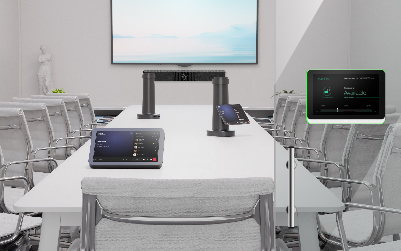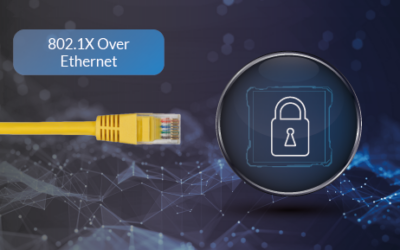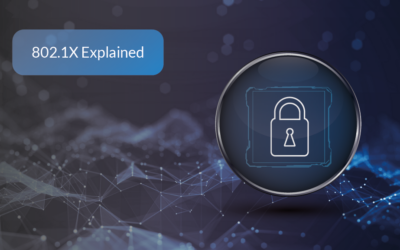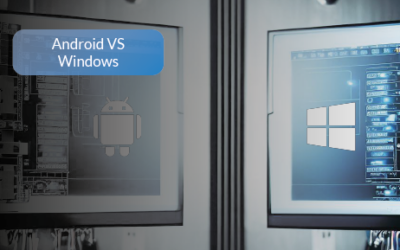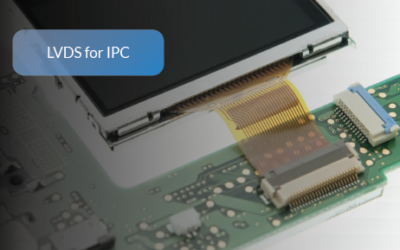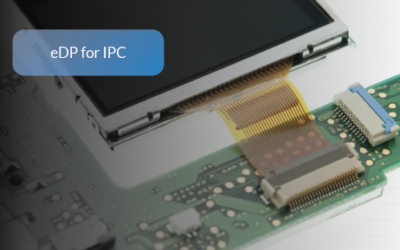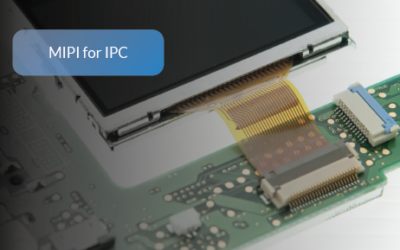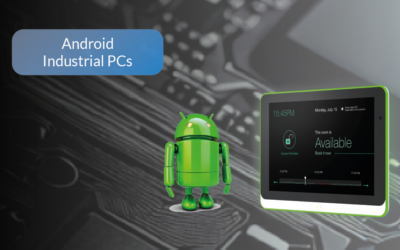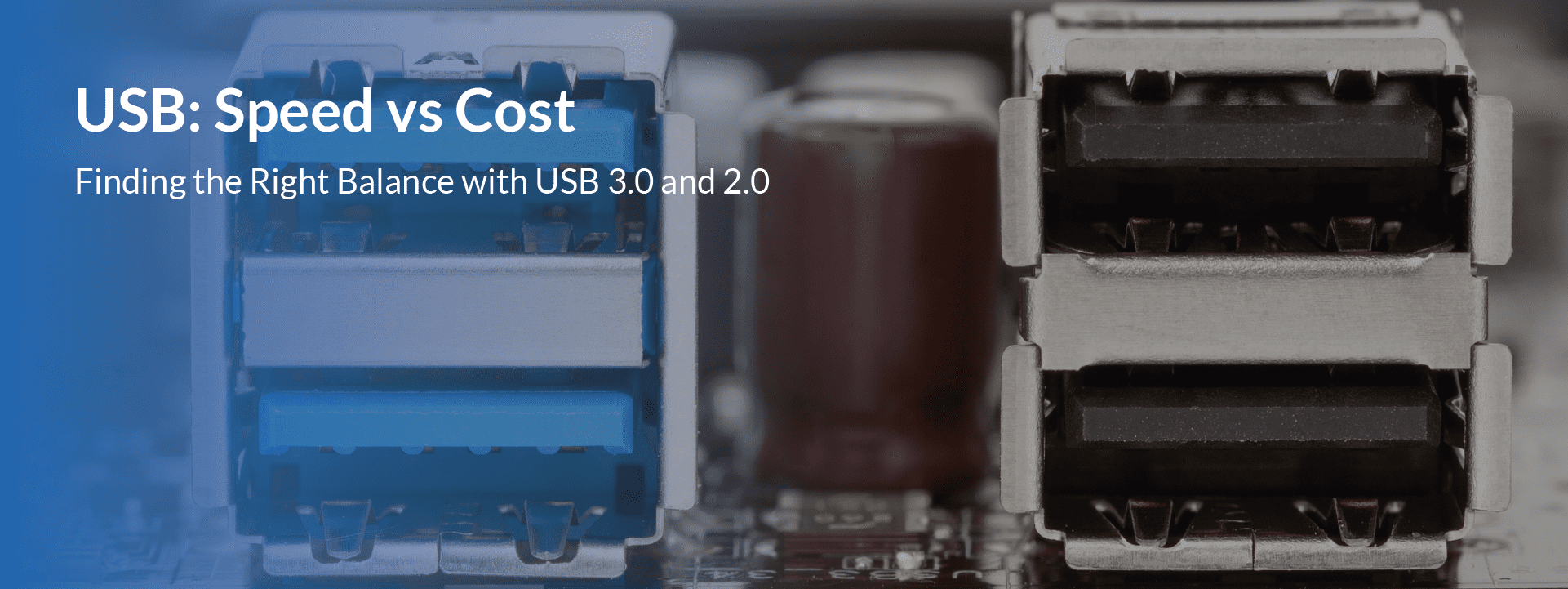
USB 3.0 vs 2.0: Which One is Best for Optimized Performance and Cost-Effectiveness?
Finding a balance between performance and cost when selecting USB 3.0 and 2.0 for industrial projects is essential. Since its debut in 1996, USB technology has advanced greatly; more specifically USB 3.1 Gen 1 now offers much faster transfer speeds than its predecessor USB 2.0; but does that necessarily equate to opting for this version over another? In this article we’ll outline key differences between USB 3.0 and 2.0 while providing recommendations of CPUs compatible with such projects.
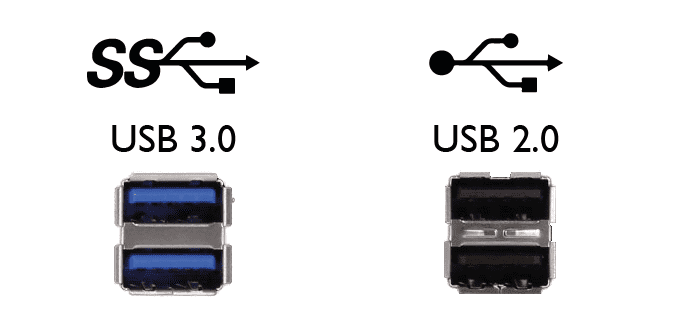
USB 3.0 vs 2.0 Comparison Table
Here’s a handy comparison table between USB 2.0 and 3.0:
| Feature | USB 2.0 | USB 3.0 |
|---|---|---|
| Release Date | April 2000 | November 2008 |
| Speed | High Speed or HS, 480 Mbps | 10 times faster than USB 2.0, Super Speed or SS, 4.8 Gbps 👑 |
| Data Throughput | Adequate for basic tasks, limited to 480 Mbps. Not ideal for high-bandwidth applications. | Significantly higher, up to 4.8 Gbps. Ideal for applications that require high-speed data transfer. 👑 |
| Signaling Method | Polling Mechanism (Half Duplex) | Asynchronous Mechanism (Full Duplex) 👑 |
| Error Handling | Limited error correction capabilities, may require retransmission of data packets. | Advanced error correction, providing more reliable data transfer in industrial settings. 👑 |
| Compatibility | Mostly backward-compatible with USB 1.1; limited forward compatibility. 👑 | Backward-compatible with USB 2.0 and earlier, ensuring easier integration into existing systems. |
| Latency | Higher latency, which might be a bottleneck in real-time applications. | Lower latency due to asynchronous signaling, better suited for real-time industrial applications. 👑 |
| Security Features | Basic security features, may require external solutions for secure data transfer. | Improved security features, including encryption and authentication, better suited for secure industrial applications. 👑 |
| Power Management | Up to 500 mA; less efficient in energy management. | Up to 900 mA; more efficient power management features suitable for energy-sensitive industrial applications. 👑 |
| Price | Generally less expensive 👑 | Generally more expensive |
| Max Cable Length | 5 meters 👑 | 3 meters |
| Number of Wires | 4 | 9 |
| Standard-A Connectors | Black | Blue |
| Standard-B Connectors | Smaller in size | Extra space for more wires |
When to Use USB 2.0
USB 2.0 remains widely utilized across numerous industrial applications; here are a few instances when this technology might be the better choice:
- Low-bandwidth devices: If your device requires low-bandwidth data transfer, such as keyboard or mouse use, USB 2.0 would likely suffice. As these don’t necessitate high-speed transfer rates, using them could prove more cost-effective.
- Cost-sensitive applications: USB 2.0 products tend to be more cost-effective for industrial applications where cost is a primary consideration, making USB 2.0 products the more suitable option.
- Longer cable length: USB 2.0 can accommodate cable lengths up to 5 meters while USB 3.0 is limited to three meters, so if your industrial application requires longer cable runs then USB 2.0 would likely be the better choice.
When to Use USB 3.0
USB 3.0 offers faster transfer speeds and lower power usage than previous generations of USB, making it ideal for industrial applications requiring high-bandwidth data transfers. Below are some use cases of USB 3.0 in industrial settings:
- High-bandwidth devices: USB 3.0 is an ideal choice for high-bandwidth devices like external hard drives that need fast data transfer speeds, as well as industrial applications in which this speed of data transmission is essential.
- Wi-Fi or Bluetooth dongles: Industrial applications that require wireless connectivity such as Wi-Fi or Bluetooth benefit from USB 3.0 dongles as they offer faster data transfer speeds than their predecessor, USB 2.0 dongles. This feature is particularly important in real-time data applications such as industrial automation.
- 4K video playback: USB 3.0 provides ample bandwidth to support the transfer of 4K video content. When used for industrial applications that necessitate 4K video playback, USB 3.0 should be the go-to solution.
As well as taking into account your intended application and devices being used, when selecting between USB 2.0 and 3.0 it’s also essential to consider CPU compatibility when making your decision. Some CPUs might not support USB 3.0 so it is vital that you double-check all specifications of your device to make sure that it will support that particular standard.
USB Compatibility and Supported CPUs:
| USB Compatibility | CPU Models |
|---|---|
| USB 3.0 | RK3588, RK3566, NXP i.MX8M Quad, NXP i.MX8M Plus, Nvidia Jetson NX2, Nvidia Jetson Nano |
| USB 2.0 | RK3368, RK3328, MediaTek Genio 500, MediaTek Genio 350, NXP i.MX8M Mini |
Check out our H/W Solution Guide by Chipsets for detailed information.
Conclusion
- Selecting USB 3.0 or 2.0 for industrial applications requires careful consideration of each project’s unique requirements and constraints.
- USB 3.0 provides faster transfer speeds and improved power efficiency, making it ideal for high-bandwidth data transfer applications such as 4K video playback or large file transfers.
- USB 3.0 offers backward compatibility as well as greater price premium than its counterpart, however the latter’s one drawback lies in being more expensive than its counterpart. Cost and desired cable length may be critical factors; therefore, USB 2.0 may be preferable.
- Not all CPU platforms and chipsets support USB 3.0, so it is essential to ensure compatibility when selecting a CPU for USB 3.0 applications.
- By understanding the key differences between USB 3.0 and 2.0 and considering the unique project requirements, industrial users can make more informed decisions that maximize system performance and cost-efficiency.
Primax and LV-Tron Announce Strategic Partnership to Revolutionize Smart Meeting Solutions
Primax Electronics and LV-Tron (a division of IAdea) have officially announced their strategic partnership to invest in and develop cutting-edge smart meeting solutions. This collaboration aims to position both companies as leaders in the smart meeting industry, with...
Understanding SCEP: Its Role in Android Security
Understanding SCEP: Its Role in Android Security Simple Certificate Enrollment Protocol (SCEP) plays a vital role in digital security. Within Android, SCEP has become an essential tool, simplifying the once complex process of certificate enrollment. This article...
802.1X over Ethernet: A Key Solution for a More Secure Network
802.1X over Ethernet: A Key Solution for a More Secure Network Introduction to 802.1X over Ethernet In an era where network security is paramount across various industries, understanding and implementing robust security measures is essential. Last time, we delved into...
IEEE 802.1X Explained: A Plainspeak Guide to Securing Your Network
IEEE 802.1X Explained: A Plainspeak Guide to Securing Your Network Introduction to 802.1X 802.1X (The "X" is typically capitalized) is a cornerstone of modern network security and one of the most widely adopted security measures today. Here's why: Popularity: 802.1X...
A Step-by-Step Guide to Understanding Hardened Android
A Step-by-Step Guide to Understanding Hardened Android Introduction to Hardened Android In the world of mobile operating systems, Android stands out for its open-source nature, which allows for extensive customization. However, this flexibility can sometimes lead to...
Revolutionizing Business Collaboration with LV-Tron’s Immersive Smart Conference Rooms
rRevolutionizing Business Collaboration with LV-Tron's Immersive Smart Conference Rooms Introduction: Unveiling the Power of Smart Conference Rooms In the dynamic landscape of the digital age, the traditional conference room has been transformed into a "smart...
Android vs Windows: A User’s Guide to Choosing the Right OS
Android vs Windows: A User's Guide to Choosing the Right OS Choosing the right operating system for industrial PCs is crucial. This article provides a comprehensive comparison between Android and Windows, focusing on CPU choices, memory usage, and storage usage....
Joint Development Manufacturing (JDM): The LV-Tron Advantage
Joint Development Manufacturing: The LV-Tron Advantage In the tech industry, Joint Development Manufacturing (JDM) is a game-changer. It offers numerous benefits such as cost savings, faster time to market, and access to specialized expertise. But at LV-Tron, we don't...
LVDS Made Simple: Quick Start Guide with Expert’s Tips
LVDS Made Simple: Quick Start Guide with Expert’s Tips Introduction to LVDS Welcome back to our Quick Start Guide series! We've previously explored the high-speed interfaces of MIPI and eDP, crucial in mobile devices and embedded systems respectively. Today, we’re...
eDP Made Simple: Quick Start Guide with Expert’s Tips
eDP Made Simple: Quick Start Guide with Expert’s Tips Introduction to eDP Welcome back to our Quick Start Guide series! In our previous installments, we delved into the world of MIPI, a high-speed interface crucial in mobile devices and small devices, and LVDS, ideal...
MIPI Made Simple: Quick Start Guide with Expert’s Tips
MIPI Made Simple: Quick Start Guide with Expert's Tips Introduction to MIPI Welcome to our Quick Start Guide series! In this first installment, we’re diving into the world of MIPI, or Mobile Industry Processor Interface. This high-speed interface is a key player in...
Conference Room Technology 2023: The Innovations You Can’t Ignore
Conference Room Technology 2023: The Innovations You Can't Ignore As we navigate the digital era, the landscape of conference room technology is evolving at an unprecedented pace. This rapid progression has ushered in a host of new software, integrations, and...
Overcoming Challenges in Shifting from Traditional to Hybrid Meetings
Overcoming Challenges in Shifting from Traditional to Hybrid Meetings The digital era has ushered in a new trend of hybrid meetings, which involve both internal employees and external teams from other companies. These meetings offer significant benefits, including...
Smart Meeting Room
The Essential Hardware for a Smart Meeting Room The Rising Trend of Smart Meetings: Embracing the Digital Era According to the 63rd International Meetings Statistics Report released by the Union of International Organizations (UIA) in 2022, the number of meetings is...
Understanding Android Industrial PCs: A Detailed Overview
Understanding Android Industrial Panel PCs: A Detailed Overview In the rapidly evolving world of industrial automation, Android Panel PCs have emerged as a game-changer. These powerful devices are transforming the way industries operate, offering unparalleled...

